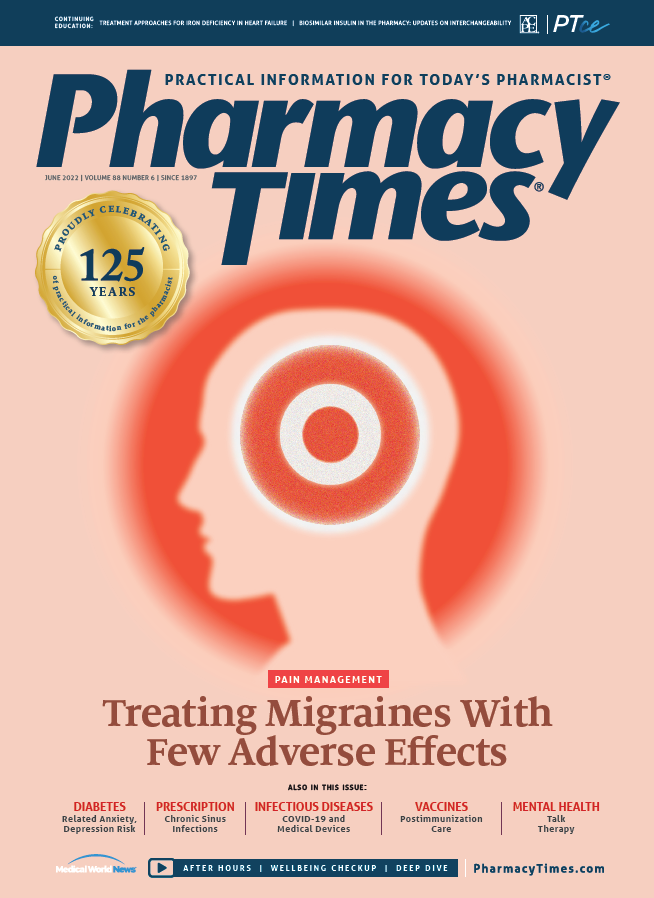Publication
Article
Pharmacy Times
Infant’s Mom Discovers Wrong Directions on Pediatric Propranolol Oral Liquid Label
Author(s):
Case highlights the need to stop, listen, and investigate when patients or parents express a safety concern.
Oral propranolol liquid was prescribed for a 7.2-kg, 3-month-old baby with infantile hemangioma, which is a rapidly growing benign vascular tumor.
The pharmacy contacted the physician’s office to clarify the order.
When the patient’s mother picked up the prescription, propranolol 20 mg/5 mL (4 mg/mL) was dispensed with the following instructions: “Administer 3.5 mL once on day 1, administer 3.5 mL twice daily for the next 6 days, then administer 7.5 mL twice daily for a maintenance dose.”
Based on the concentration dispensed, this would equate to 14 mg once on day 1 (1.9 mg/kg/day), 14 mg twice daily for the next 6 days (3.9 mg/kg/day), followed by 30 mg twice daily (8.3 mg/kg/day) for the maintenance dose. This maintenance dose is much higher than the typical daily oral maintenance dose (1 to 3 mg/kg/day) for children and infants for this indication.
At the pharmacy, the mother was neither counseled nor provided with an oral syringe to administer the medication to her infant. After the mother returned home, she called the pharmacist to question the dose. The pharmacist confirmed that the dose was higher than recommended for a 7.2-kg infant with infantile hemangioma.
However, the pharmacist stated, “It should be fine if this is how the doctor wanted it.”
If the mother was still concerned about the dose, the pharmacist suggested calling the physician’s office herself. The mother called the prescriber to express her concerns. The prescriber confirmed the dosing directions provided on the pharmacy label by the pharmacy were incorrect. The prescriber told the mother that, when the pharmacist called for clarification, the dosing directions were mistakenly communicated to the pharmacist in mL, not mg.
The intended instructions were “3.5 mg (0.88 mL) for the first day (0.49 mg/kg/day), 3.5 mg (0.88 mL) twice daily for the following 6 days (0.97 mg/kg/day), followed by 7.5 mg (1.88 mL) twice daily (2.1 mg/kg/day) for the maintenance dose.”
Fortunately, the infant’s mother kept questioning the directions, and the error was caught before the infant was given the medication.
There are 3 propranolol oral liquid concentrations available, including 2 concentrations of generic products, 20 mg/5 mL (4 mg/mL) and 40 mg/5 mL (8 mg/mL), and a different concentration for a brand product, Hemangeol
4.28 mg/mL. Hemangeol is the only liquid propranolol approved by the FDA for the treatment of proliferating infantile hemangioma requiring systemic therapy. The generic products are used off label for this indication. In the United States, the existing generic propranolol solutions are expressed in terms of propranolol hydro- chloride, and the FDA had previously requested that Hemangeol concentration and dosages be communicated similarly. Outside the United States, the Hemangeol concentration is expressed as 3.75 mg/mL of propranolol base, which is equivalent to 4.28 mg/mL. Unfortunately, the Hemangeol 4.28 mg/mL concentration can add to the risk of dosage calculation errors compared with the available generic 4- or 8-mg/mL concentrations.
Safe Practice Recommendations
To avoid confusion among the multiple concentrations and between mg and mL doses, propranolol oral liquid doses should always be prescribed in mg. Prescribers should include the patient’s weight in metric units on the prescription. Otherwise, pharmacists will need to confirm the weight so they can calculate and verify the mg/kg dose. If the dose is outside the normal range, pharmacists should clarify the order directly with the prescriber, referring to the mg dose. Once the drug has been prescribed in mg, pharmacists may need to calculate and transcribe the mL dose based on the drug’s concentration for the patient’s instructions if the electronic prescribing system does not calculate the volume automatically. Then, if the volume amount must be entered manually, an independent double check of the calculation should be required.
Labels on prescription oral liquids should specify the dose in mL in the instructions for use for the patient/parent to measure each dose, and then the product’s concentration should be listed elsewhere on the label. Weight-based medication doses should be rounded or standardized automatically at the time of prescribing to a dose that is not greater than or less than 10% of the originally prescribed dose. For example, 3.5 mg (0.88 mL) of propranolol 4 mg/mL should be rounded to 3.6 mg (0.9 mL) to facilitate the ease of measuring doses. Pharmacies should provide patients with an appropriately sized, metric-only oral syringe or dosing cup for safe dose measurement and administration of oral liquids. Pharmacists should employ the “teach-back” method, which incorporates a return demonstration by the patient or parent to confirm their ability to measure each dose. Importantly, when patients or parents express a safety concern, stop, listen, and investigate to confirm that there are no errors.
About The Author
Michael J. Gaunt, PharmD, is a senior director of error reporting programs at the Institute for Safe Medication Practices in Horsham, Pennsylvania.

Newsletter
Stay informed on drug updates, treatment guidelines, and pharmacy practice trends—subscribe to Pharmacy Times for weekly clinical insights.





